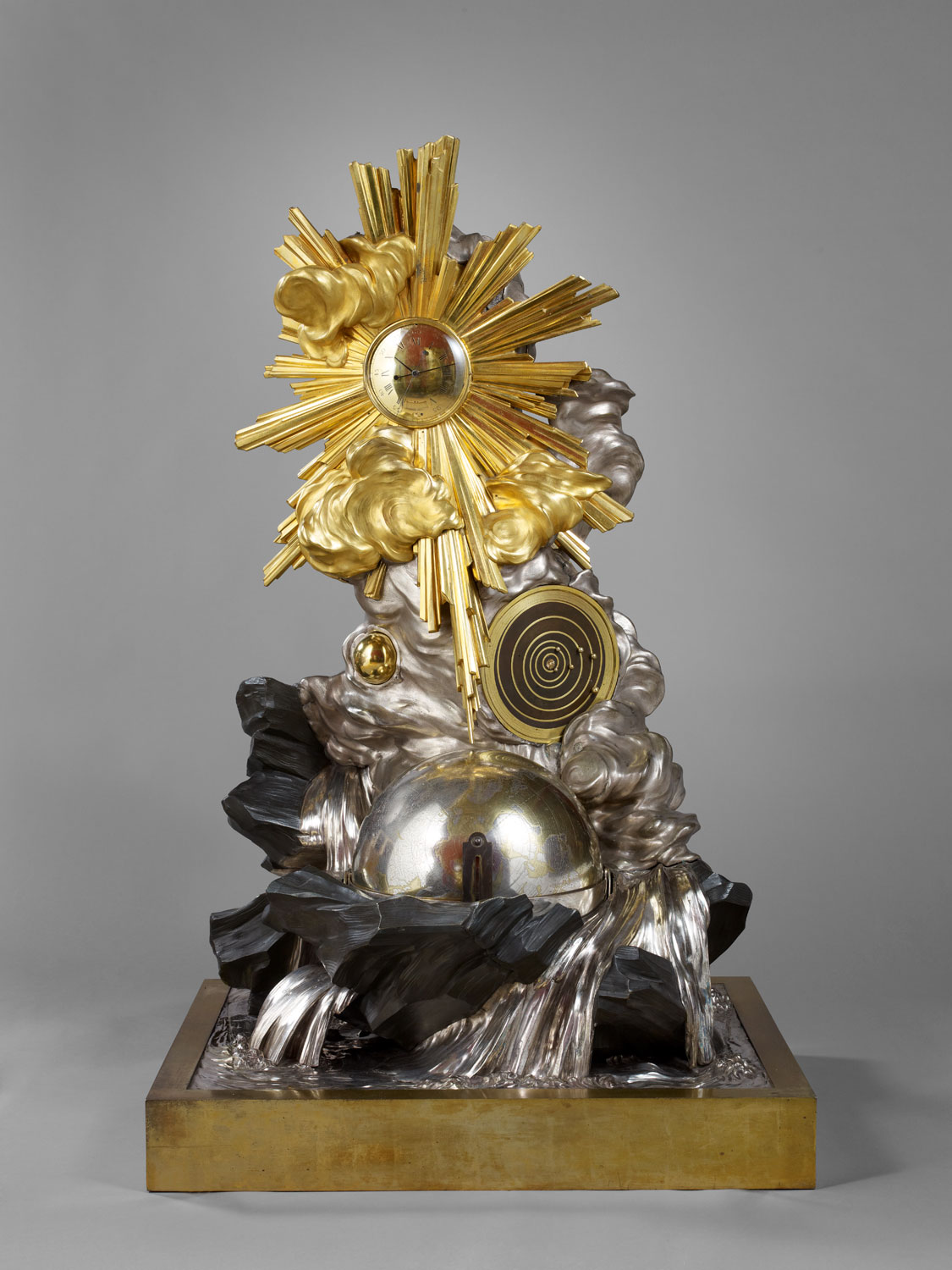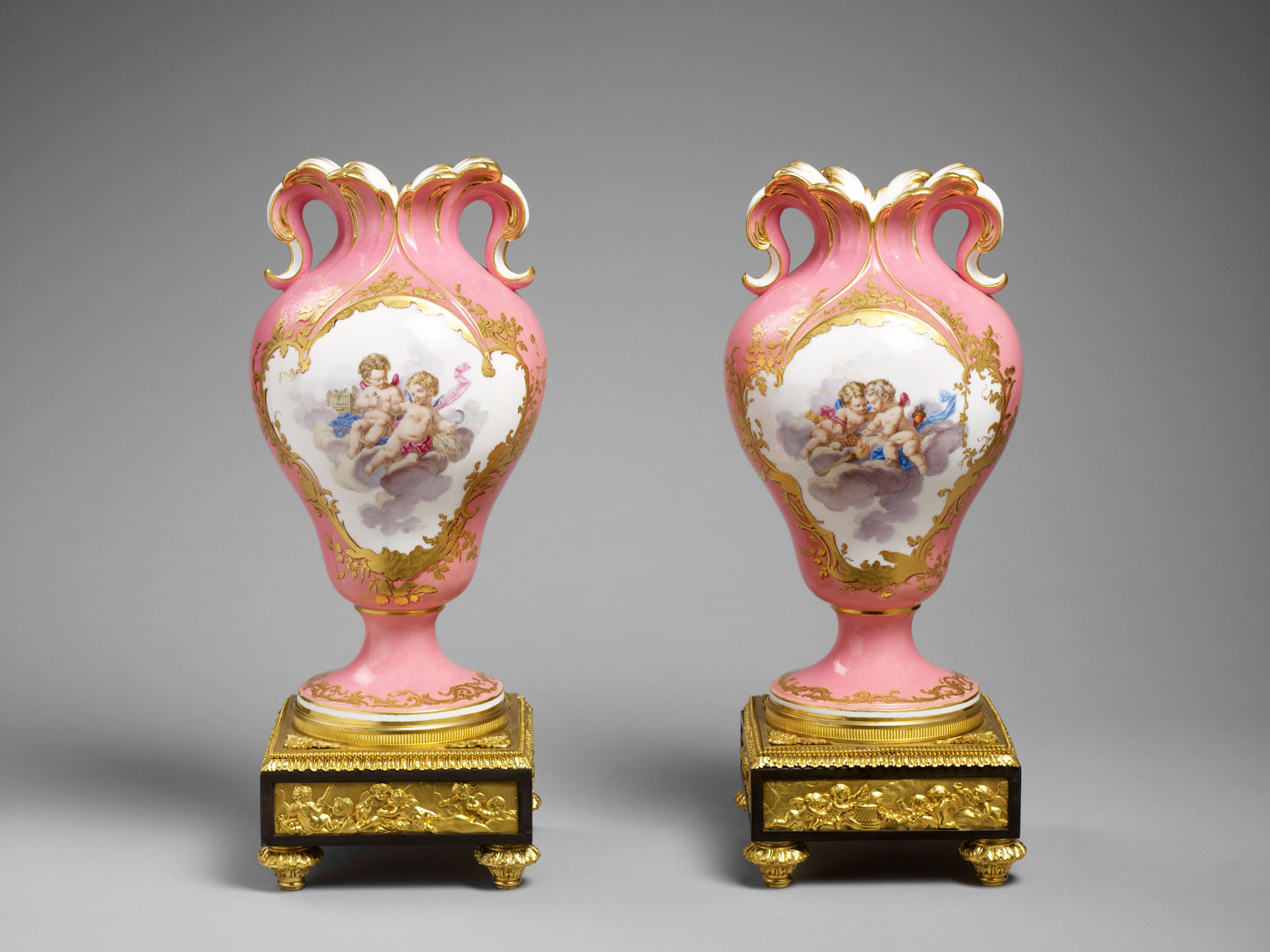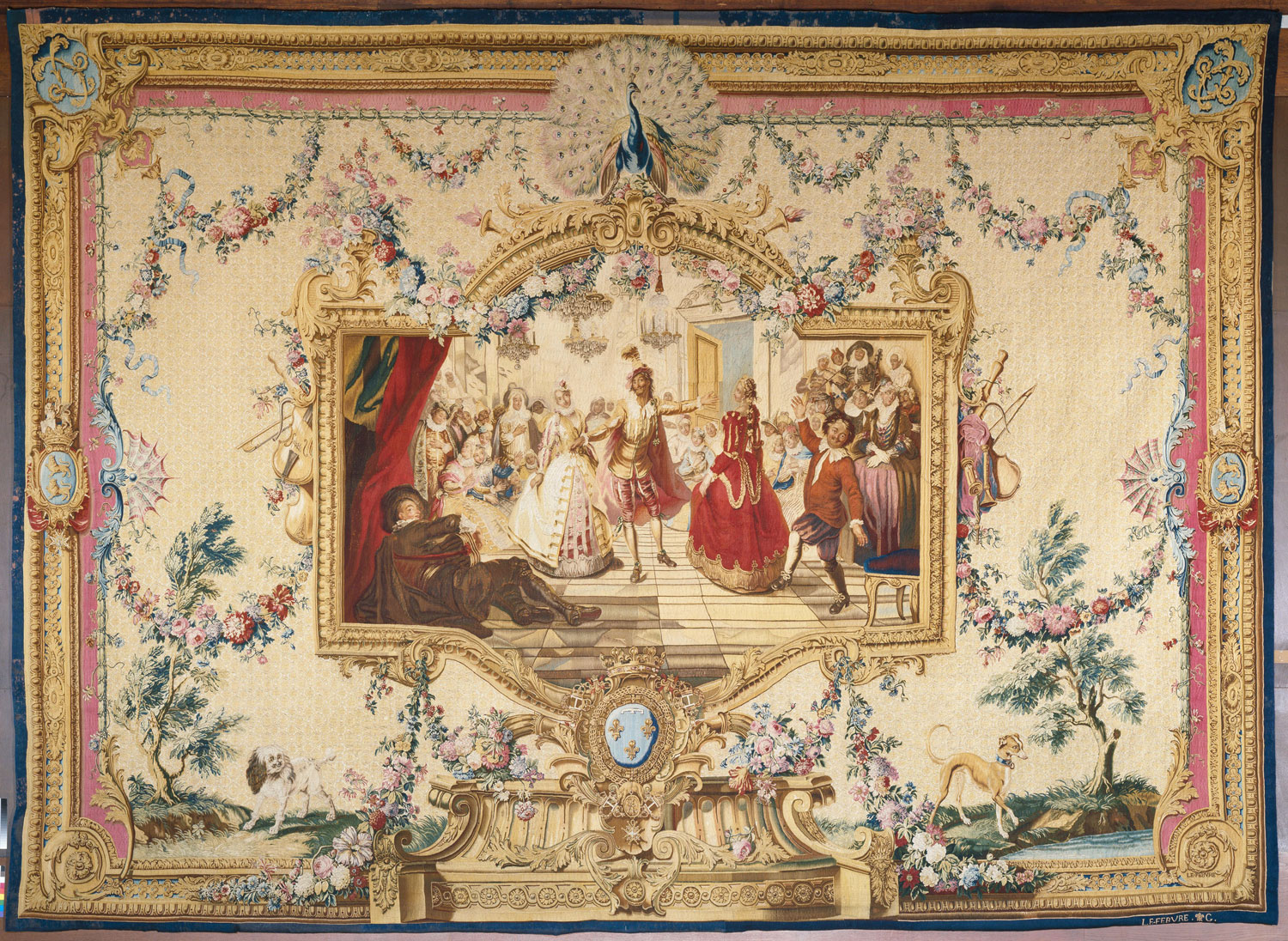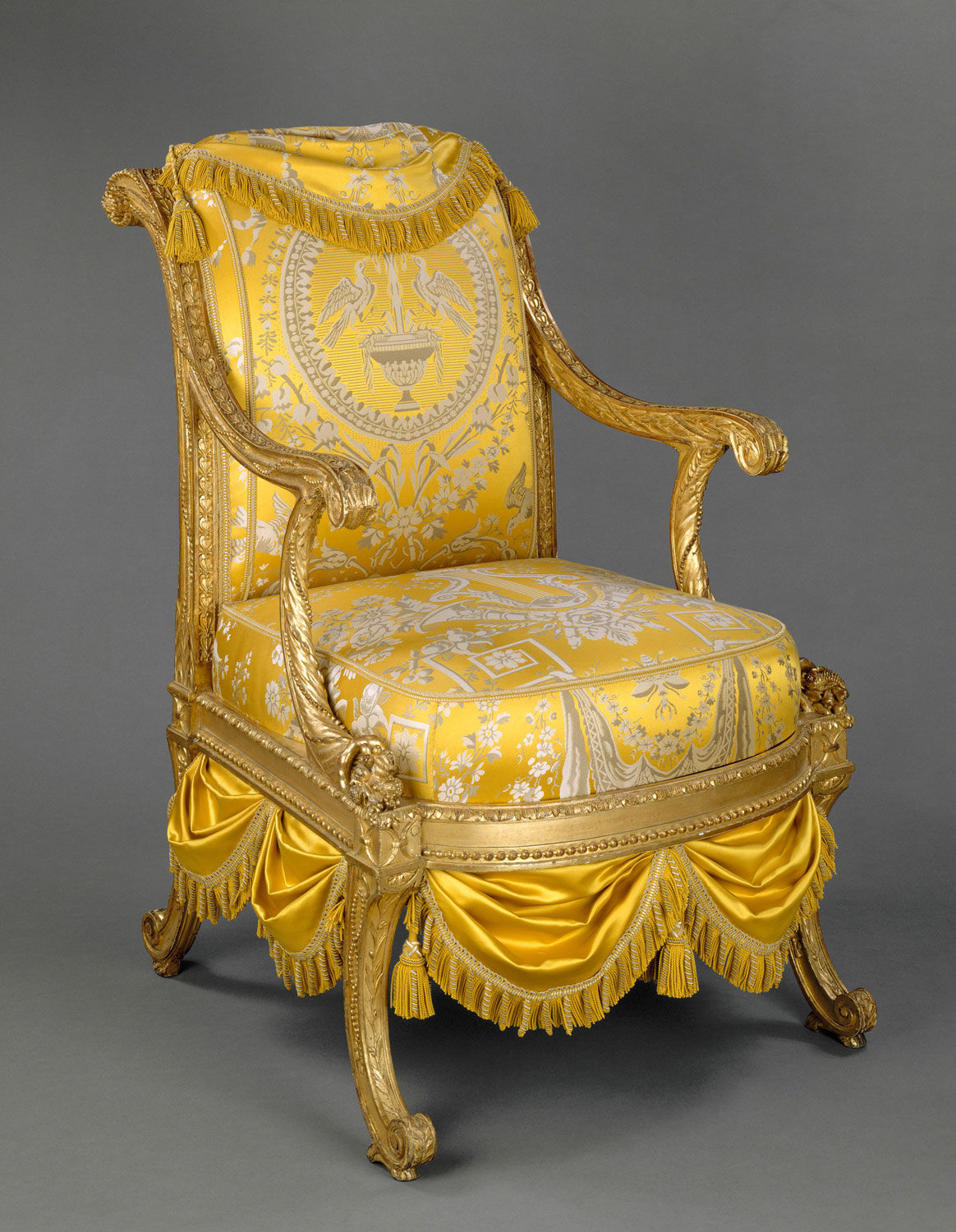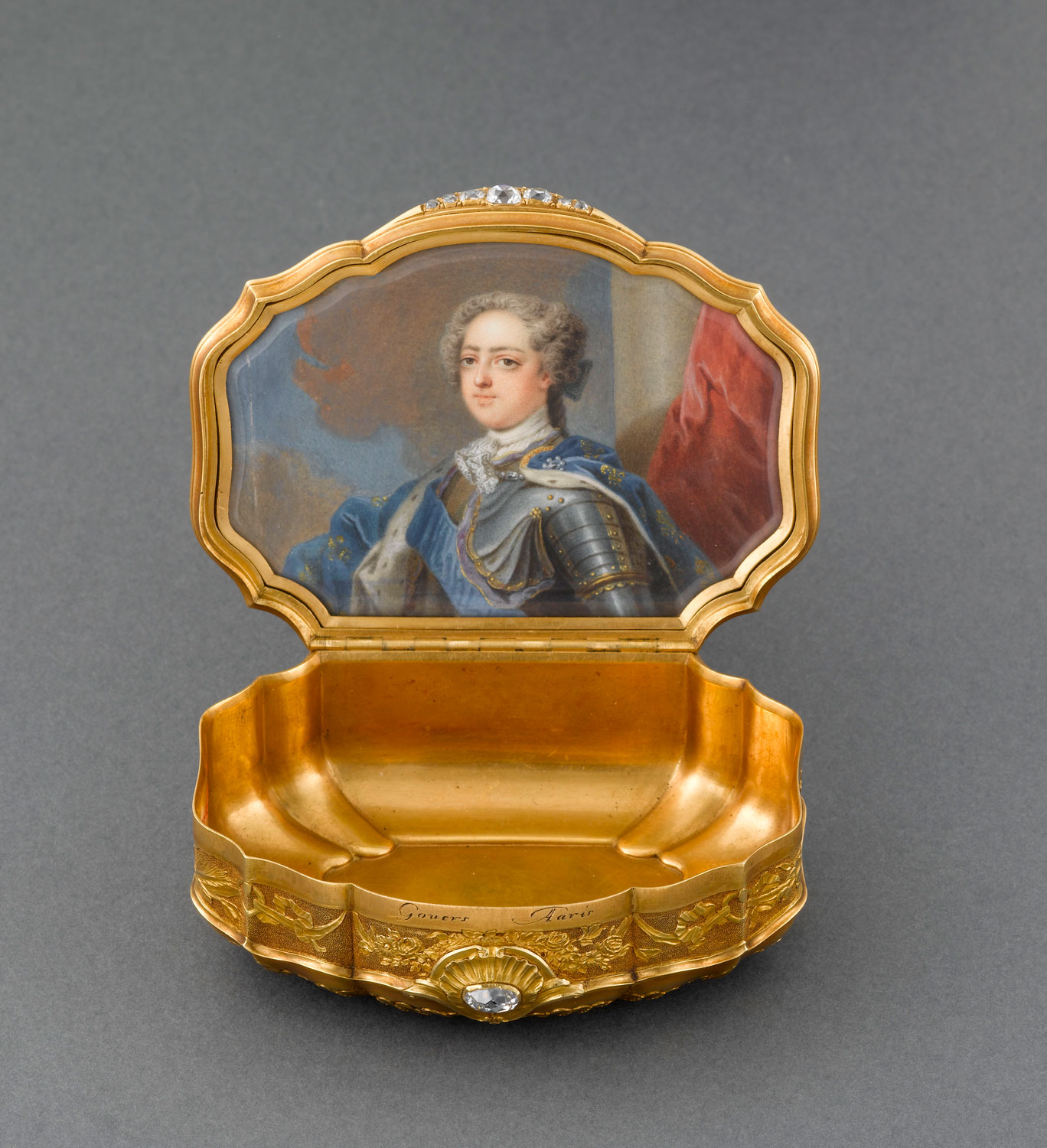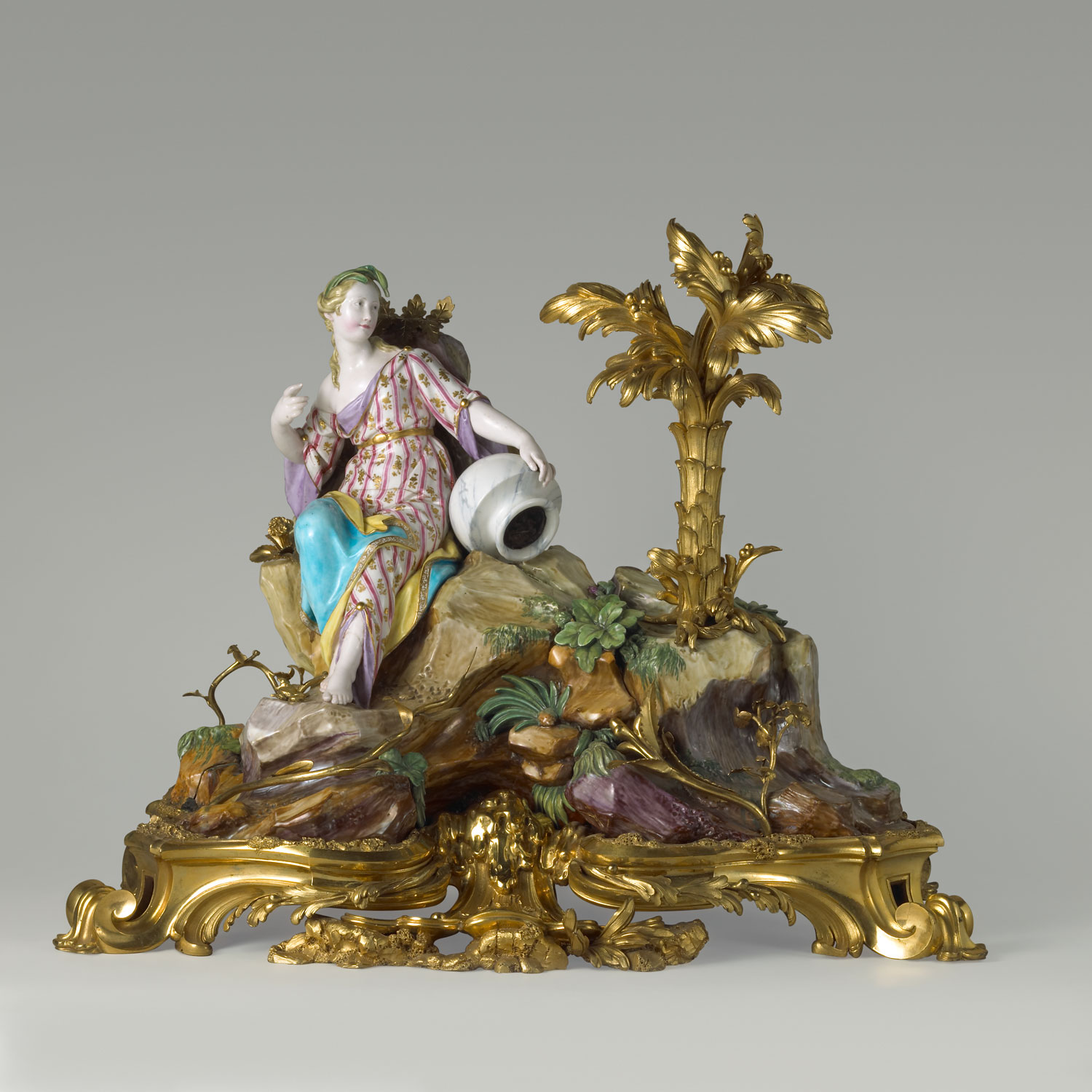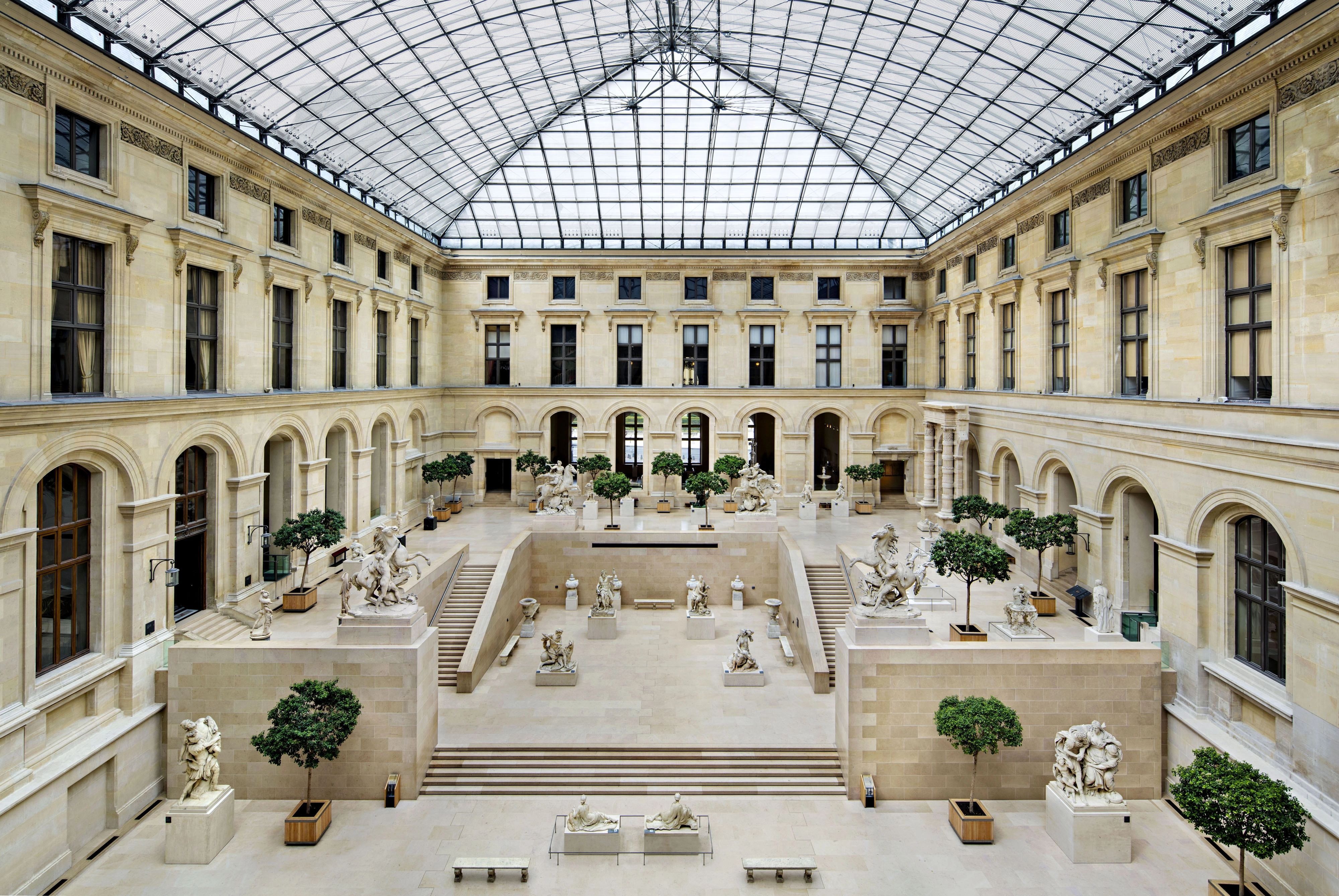The Art of Living at the French Court Furniture and art objects from the 18th century

A museum can present decorative art objects in display cases or on walls…but it can also choose to show them in context. From sofa to chandelier, from fireplace to curtain tassel, the goal is to create a comprehensive and coherent display – just like the real thing!
Furnishing the royal residences
Throughout the reigns of Louis XIV, XV and XVI, the French art of living developed and the royal residences were transformed accordingly. The Court of Louis XIV was officially established at Versailles in 1682, but the Sun King continued to use his palaces in Fontainebleau, Compiègne and Marly – and wherever he went, the decoration and furnishings had to be fit for a king.
French savoir-faire
This was the era of great French manufactories, with tapestries from Les Gobelins and Beauvais, porcelain from Sèvres, rugs from La Savonnerie and silks from the many workshops of Lyon. Cabinetmakers such as Charles Cressent, Martin Carlin, Jean-François Oeben and Jean-Henri Riesener became famous names. To meet the demands of the royal court, manufactories and workshops produced items ranging from precious furniture pieces, ceremonial dinner services and sophisticated scientific instruments to everyday objects.
Gallery of works

Chest of drawers with monkeys
1 sur 13
Decorative arts at the Louvre
The idea of representing a particular historical period through a combination of architecture, interior decoration and art emerged in Germany in the late 19th century. The so-called ‘period rooms’ adopted by American museums began to present decorative art objects in purpose-designed, fully furnished interiors.
Experience the atmosphere of a great 18th-century royal or aristocratic residence in Paris or the provinces! Most of the period rooms display furniture and decorative objects gleaned from various châteaux and private mansions, but some show pieces that originally belonged together, from sources such as the drawing room of the Château d’Abondant in northern France, the Parisian mansion of the financier Marquet de Peyre and the Turkish rooms of the Comte d’Artois (Louis XVI’s brother) at the Château de Versailles.
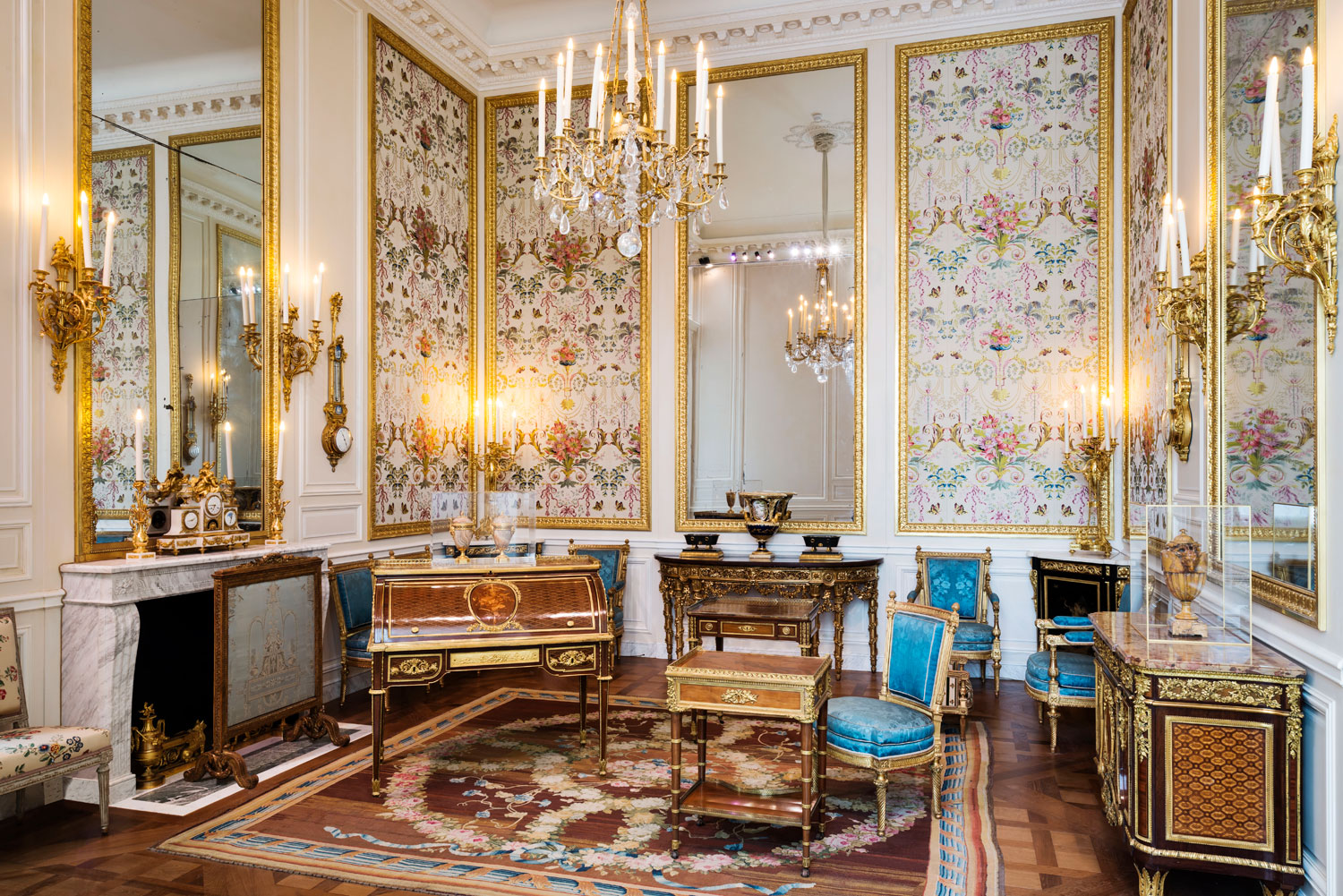
18th-century furniture and decorative arts
YouTube content is currently blocked. Please change your cookie settings to enable this content.
Did you know?
What does a queen need in her travel case?
Marie Antoinette’s contained writing, drawing and sewing materials, but also coffee, tea and hot chocolate pots – not forgetting plenty of toiletry accessories and even a bed warming pan! Don’t be fooled by the apparent simplicity of these items: they are all made of very precious (and extremely expensive) materials.

The secret of porcelain
For centuries, the whole of Europe envied the quality of Chinese porcelain. At the start of the 18th century, Western workshops had yet to discover the secret of translucent white porcelain: how did Chinese manufacturers obtain the sonority and scratch-resistant quality of their wares? The answer – in the form of a very white clay called kaolin – was discovered in the German city of Meissen in 1709. A kaolin deposit was finally found in France in 1768, near Limoges...The Manufacture Royale de Sèvres could at last begin to produce the wonderful porcelain pieces that would earn it worldwide fame.

More to explore
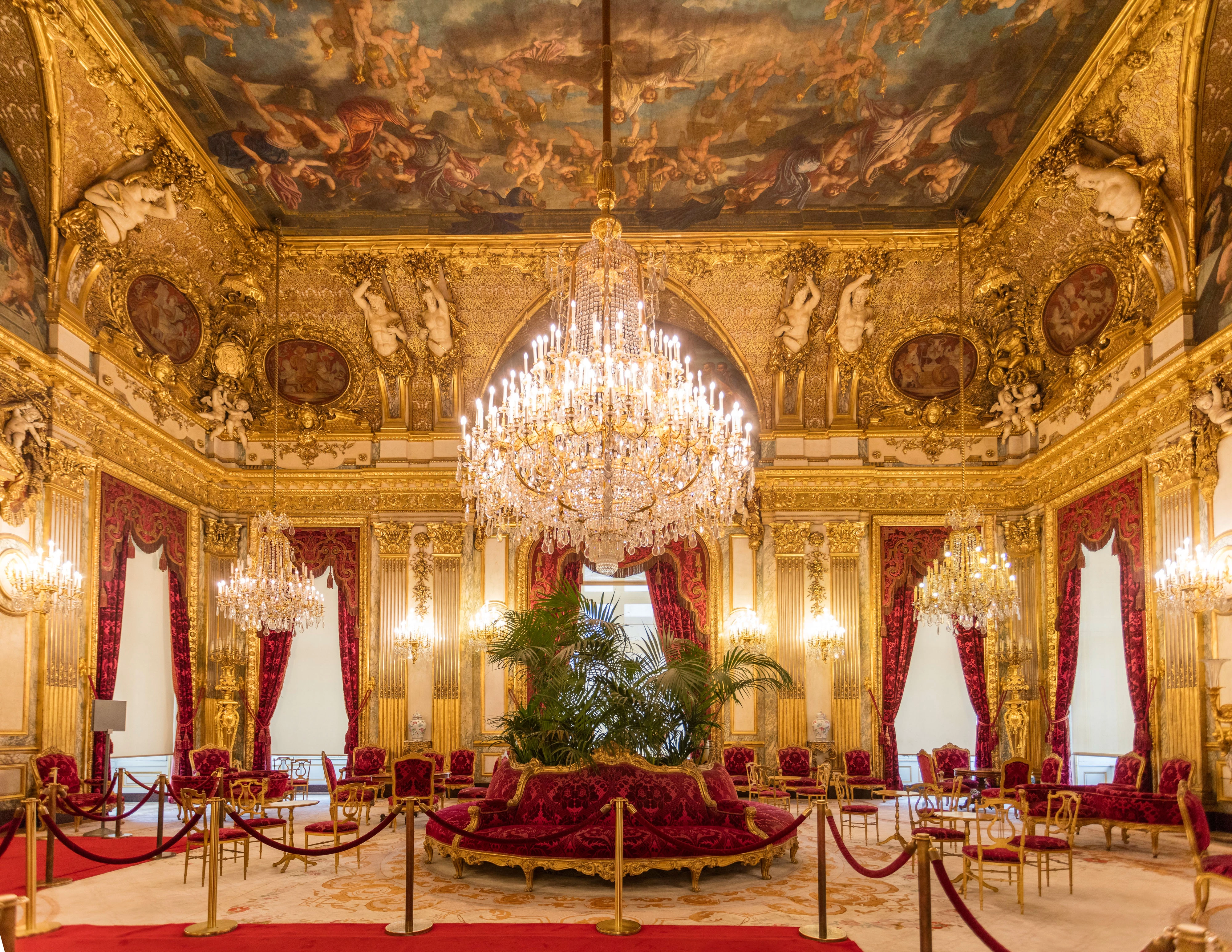
The Splendour of the Second Empire
The Napoleon III Apartments
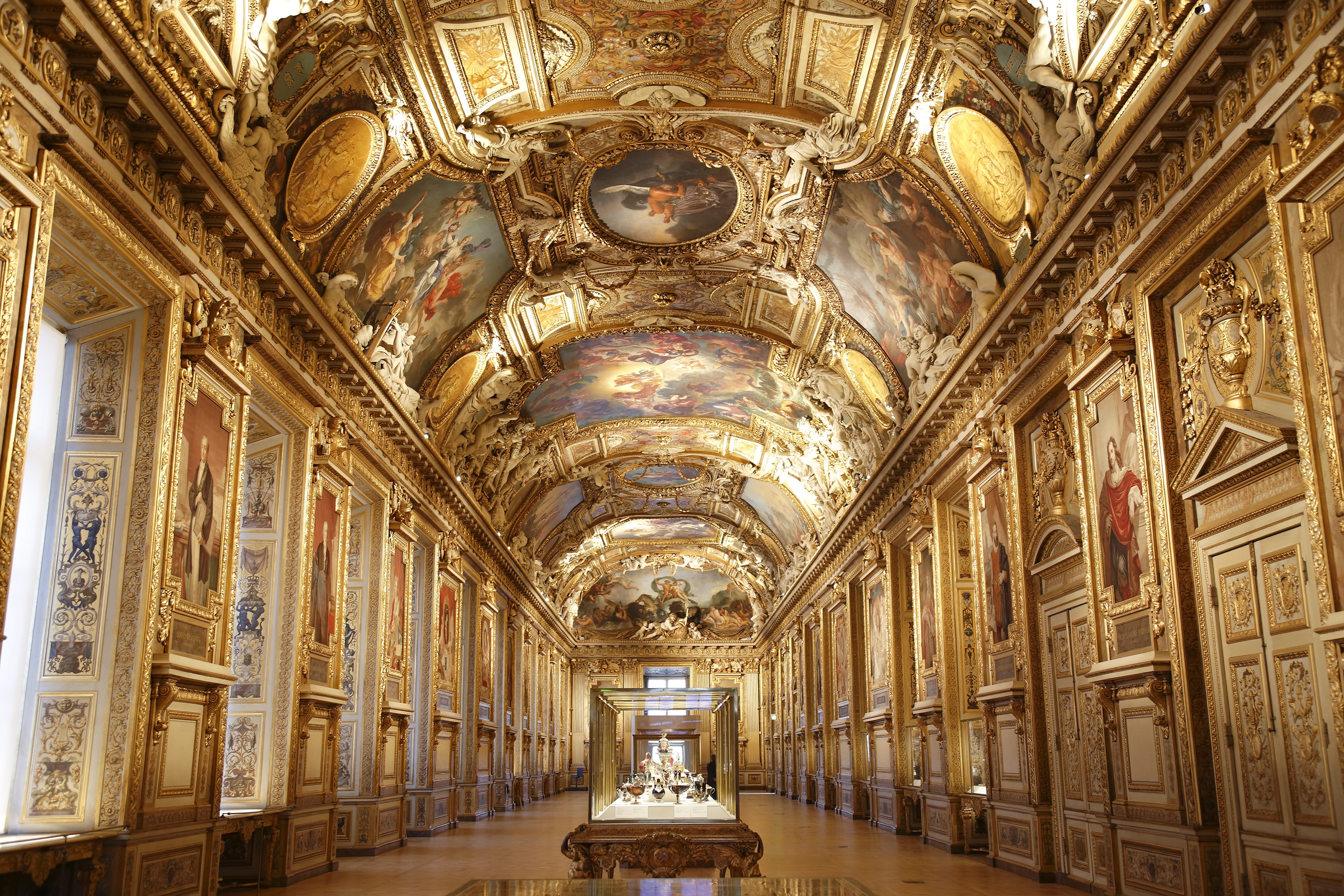
Sun, Gold and Diamonds
The Galerie d’Apollon
